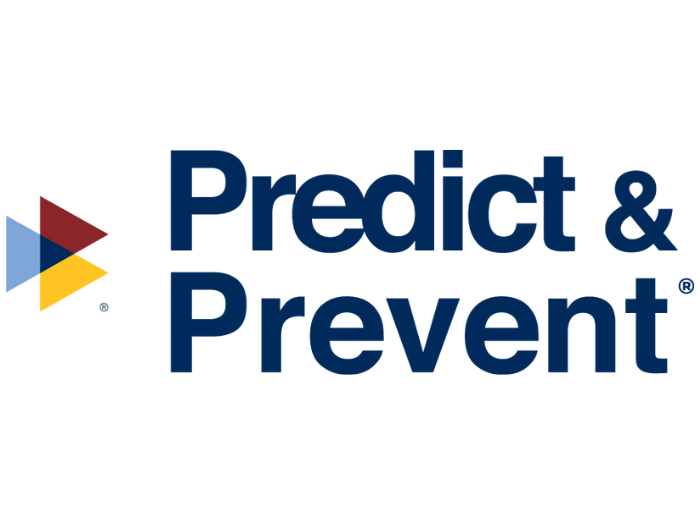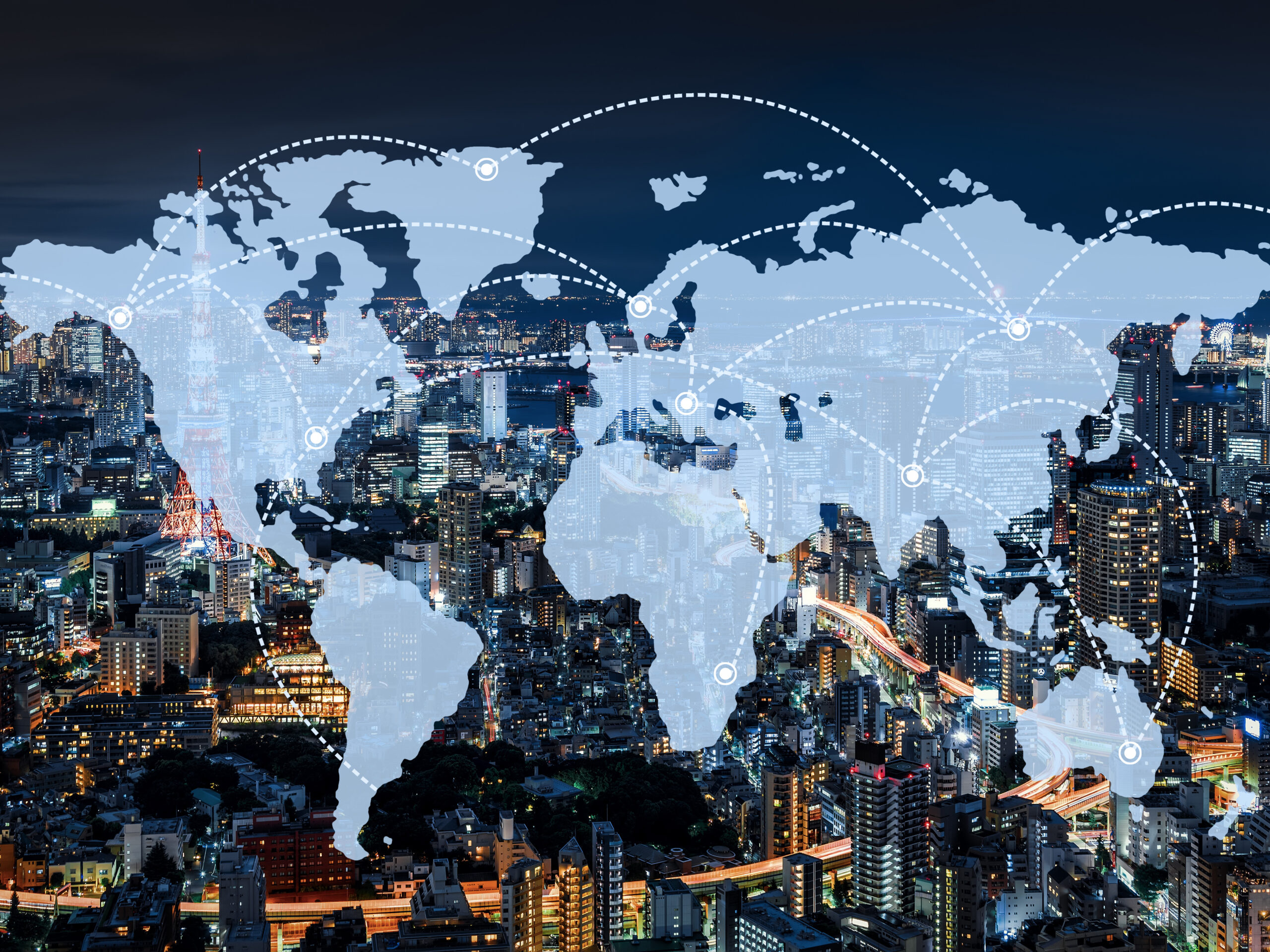Embracing AI Safely: Ensuring Workplace Safety Amid Technological Change

It’s hard to believe it’s been more than four years since a global pandemic changed everything about the way we live and work. The masks and plexiglass are mostly gone now, but there have been lasting effects on the workplace, from the expansion of remote work to more sophisticated crisis response plans and a lot more.
So many changes wrought by COVID have taken a permanent hold. And with those shifts still settling, a different strain of workplace change is on the horizon, in the form of AI. Sure, artificial intelligence is not new. But the development and proliferation of large language models (LLMs) and generative AI has turned the status quo on its head in barely more than a year. It is driving organizations toward rapid change and adaptation, and there is no sign of it slowing down.
The fact is that LLMs are just the beginning. The technological genie is fully out of the bottle and there’s no putting it back in.
Positive impacts are being felt across industries as leaders strive to embrace and leverage this technology. In our own industry, organizations are working to automate even more of the daily claims workload, leaving the humans to focus on the more substantive parts of their jobs, like delivering compassionate care and service to injured workers.
What unique direct and indirect impacts will these technological shifts have on other industries, from manufacturing to hospitality to health care and more? The answers are still unfolding. But in the coming months and years, processes and practices will change across our workplaces. It’s vital that safety policies – and safety training – keep pace with this change.
In the longer view, we could also face new forms of disruption. Along the way, some human job roles are destined to disappear, while others will be created. Large-scale reskilling could put displaced workers into unfamiliar industries, increasing the risk of new-worker injuries.
Happening amid the “silver tsunami” already in progress, the scenario isn’t ideal.
As more organizations take an urgent “lean-in or fall behind” approach to technological progress, it could be easy to get caught up and lose sight of the details. As we move forward, it would be wise to remember that no matter how fast the pace of change, we can’t afford to loosen our grip on the tremendous gains that have been achieved in workplace safety and loss control to date.
The emerging AI era has been likened, by some, to the industrial revolution of the 1800s. It’s apt, in the scope of its impact on the economy and society. But don’t forget that era left a wide swath of workplace injuries in its wake.
Whether your organization is at the leading edge of this change, or winds up playing catch-up later, it will be equally important to give your EHS leaders have a seat at the table and a voice in the conversation about digital transformation – however it manifests within your organization.
The pace of our current progress would have been unimaginable in the 1800s. But so would the sophistication of modern workplace safety advances – and modern notions of leading top-down with safety.
Safety first, today, tomorrow, always. Progress without worker pain is possible, whatever comes our way next. &










